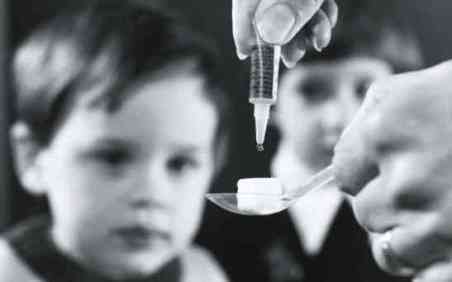
At its mid-1900s peak, the polio virus typically made its move during the warm summer months, spreading mostly via feces, but sometimes spit and snot. It was known as a disease of children, like the measles or mumps, and it infected whole towns at a time. Ninety percent of those infected wind up with zero symptoms, another few percent will experience mild, general symptoms of viral infection, and the rest will suffer lifelong disability or death.
By Michael Byrne|MOTHERBOARD
The polio worst-case is rare as a percentage, but the pre-vaccine omnipresence of the infection—epidemics were common, especially in the first-world—made paralytic polio not so much a rarity. It was a terrifying everyday reality, a public health crisis with a brutal signature of deformity and death. In 1952, there were 21,000 paralytic cases.
The historian William O’Neil wrote that, „Paralytic poliomyelitis (its formal name) was, if not the most serious, easily the most frightening public health problem of the postwar era.“ Every year the situation seemed to get worse, and paralytic polio eventually became the number one killer of children among communicable diseases.
The virus mostly haunts the digestive system, multiplying in the intestines and, later, the bloodstream and lymph nodes. In around one percent of cases, it makes the jump into the nervous system, spreading via nervous fibers into the meninges tissues surrounding the brain and, possibly, into the brain itself. This advanced progression is usually considered to be dumb luck and, unlike the neutrotropic rabies virus, entering the brain offers the poliovirus no particular advantage.